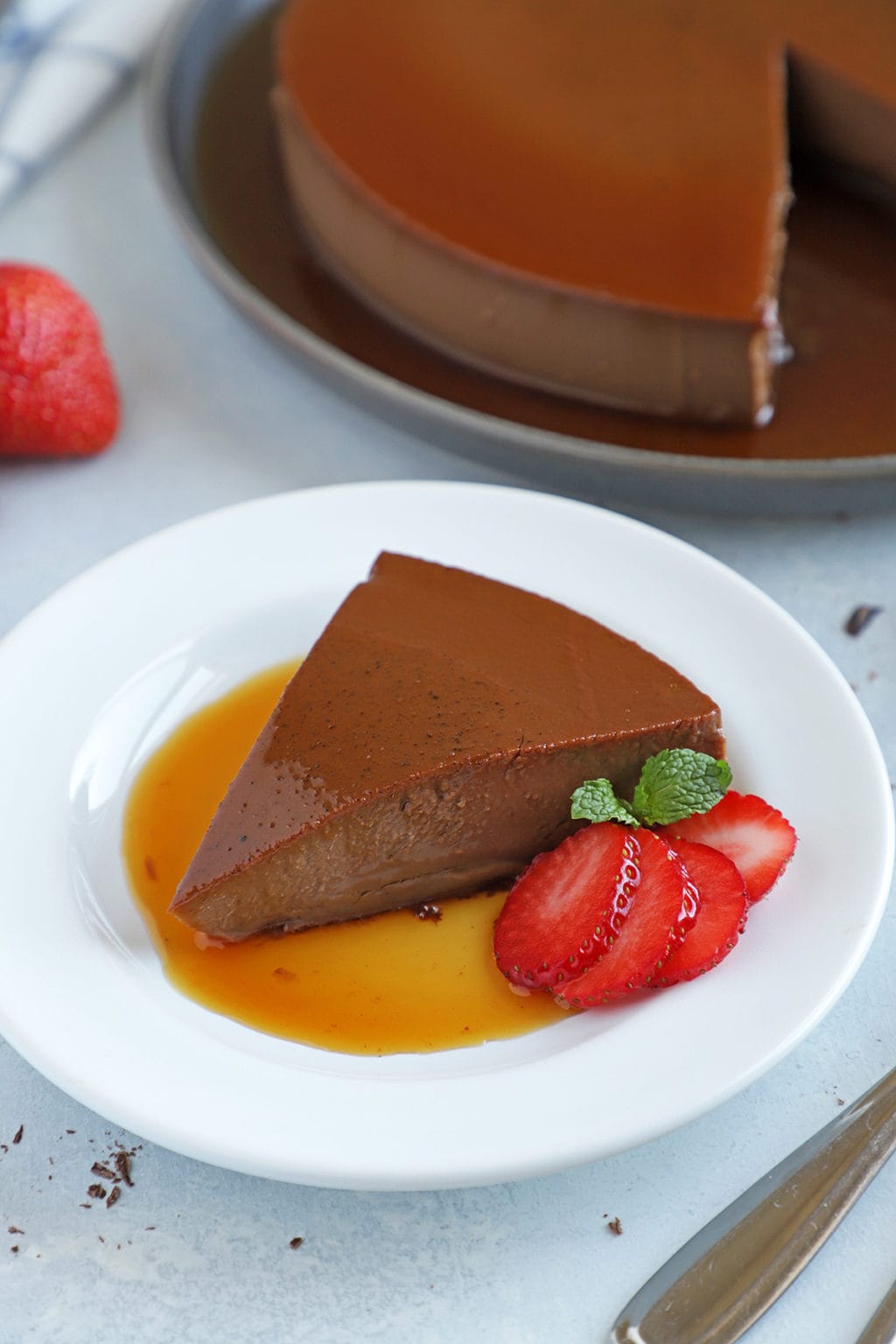As most know, I can be a real PIA about technique and proper respect for traditions, but when it comes to materials, seem willing to try pretty much anything
Not unlike the new spinner who is willing to try everything including at least one shot at Dryer Lint. NOTE: Does not spin into anything usable, definitely not a braiding option.
Non-Standard disclaimer, although I have sold and still do sell most of these, that has little to do with anything beyond if I did not like them, I would not sell them. These are tools and techniques I use and have in my personal stash.
Hemp can be very iffy – IF the hemp you use is intended for Macrame, then likely it was too stiff. You will want to find a finer thread and may need to treat it like linen, which does require some additional preparation and finishing to soften it a bit. There are some hemps for weaving and knit and crochet which are softer, but not something I use very often for braids.
A popular Practice product is Satin Cord – for the geeks among us (yes pots, kettles, etc) Satin is not a type of material, it is a weave structure that can be made in many materials, traditionally silk, sometimes cotton and other “could be shiny materials” In this case Satin is the type of woven fabric which is being used to cover a core.
There was a time when all Satin cording were made from silks, now they are mostly nylon (made in the USA) or polyester (made in China, etc). The core is usually a cotton or cotton poly or poly piping. It principal use is for embellishment for home dec, but that has never stopped the beaders, braiders, scrappers, and other crafters among us, from what was that phrase my WWII Vet father liked so much “Appropriated for Better Use”.
The smallest and almost impossible to find is “bug tail” which is .5mm and when you do there is almost no color selection
Petite – Size 0 – aka/ mouse tail is also less available than other sizes,
and approximately 1-1.4mm (don’t ask me why it varies so much – it just does
Light Weight – Size 1 – sometimes called Rat Tail is about 1.5 to 1.9mm usually “listed” as 2mm because when flattened it is closer to that. More available than Bug or Mouse, but still often limited colorways.
Heavy weight, size 2 – “true” Rat Tail – is near to 3mm – the most commonly available, including often in stores that sell sewing supplies “by the yard”
With very rare exceptions I do not like the look of varigated which, since that range is always either non-existent or limited – I rather like the way BeadSmith’s new product is set up – 4 solids in 3yd pieces in a package.
S-LON (BeadSmith) – C-Lon (CLon) updated 2013-Sep-15
Note added 2014: Along with a change in my feelings about braiding on a disc or plate has come a change in my feelings about SLon (aka/CLon). Since early 2013 I have been working with various weights of these cord as part of jewelry projects, on loom, off loom and of course in braiding.
These are now my personal favorites for use in braiding as bead carriers. For more product information, please visit my SuperLon (S-Lon) Q&A ) opens in a new window.
SLon/CLon do not presently have identical color line and what is often not clear it is that both brands have different “weights” one is similar to a #18 Mastic and the others are like D or E Nymo
S-Lon and C-Lon are primarily beading thread/cords. They will not have the same hand as either cotton, rayon or silk but are somewhat flexible.
Many seem to like this thread when the braid involves beadwork, I am enjoying using the Micro, D and AA for prestringing of beads, on and off loom bead work. In the middle is the Fine, and that is what I am most often using to prestring Japanese and most of the new shapes from the Czechs. I am also ‘mostly” using the Fine weight for on/off loom bead work. The heavier two choices, Bead and macrame in my collection are reserved for bead carrier in many projects.
For a better beginning, and in just about every “non-sample of pattern” braid, I like to use either FlexRite or SoftFlex as a core where the desired result is NOT to fatten the braid. With proper planning, this can make the finishing of the braid much more professional looking. (tutorial eventually)
Most bead shops and many fiber business carry both – sometimes I do and sometimes I don’t
Another fiber I like is Asian Knotting Cords. These are braided cords, in diameters similar to the Satin Cord – although availability and colors are often a problem. I prefer the .8 but kept a supply of the 1.3 for knotting purposes particularly 6 of the 8 Clover Asian Knot templates seem happier with the thicker cord.
RAYON BUNDLES/aka BIRON
Biron is a wonderful Japanese product, about the only current importer for Biron in the USA would be Braidershand. Jacqui Carey in the UK has carried Biron in the past and today offers a Japanese Rayon called SHIRUKKU but as Jacqui notes in her very practical way, if you just say Biron, braiders will know what you are talking about.
As possible substitute, many of us use Rayon MACHINE (its finer) embroidery thread – You can find these in sewing and fabric stores, there are many brands and which will best suit your needs will be determined by “trial & error” My preference has always been Robison-Anton,
For quick warps – I personally like Presencia’s El Molino which is a
multi strand 100% Rayon divisible floss with a really soft hand in the finished braids.
For fine threads to make bundles similar to Biron, i prefer Presencia or Robison Anton Rayons and for metallics, either YLI’s Metallic or the J-Metallic threads when there is a greater need to satisfy the magpie in us all.
When Wools seems to be called for and as I continue to work my way thru Makiko-san’s 2nd Treatise -n Andean Braid,I have been using several different lace weight yarns, most recently Ella Rae Lace Merino and am looking forward to the new Juniper Moon yarn, Findley which is a Merino/Silk blend. The other wool I have been using is Araucania’s Ranco Sock.
For the Wool braider (and I have been working my way thru Makiko Tada’s Comprehensive Treatise of Braids Vol II – Andean Braids Madeira’s Burmilana Machine Embroidery Thread is ideal – in my opinion. Burmilana is comparable to a SEWING 12 wt thread (not identical to a cotton 12wt mercerized cotton, but close) and is lovely 50/50 wool acrylic blend and offers a huge range of colors. It is not really “in the budget” for my personal stash but for this book’s projects, well there other things I can live without. So I practice the braids with cotton floss and make the “final sample” in Burmilana.
For Cottons, I have been using Sullivan’s or Presencia Floss (pretty much opposite ends of the price spectrum – Since Sullivan’s got the production issues settled nicely, even with only a bit more than 400 colors it is a good and economical choice –
For making up a quick and thick warp for practice, I was really please when KFI decided to bring back my favorite cotton – was King Tut (not to be confused with Superior’s cotton thread) under the Ella Rae brand as Phoenix.
Hopefully it will do well and they will expand the colors. Meanwhile for Braid Anatomy its 24 colors is adequate and there are several shades of each primary/secondary so interested visual can effect.
I have used a lot of pearl cottons in all the sizes (3,5,8,12,16) but just don’t like the hand of the finished braids and they are not thick enough – guess I will just have eBay what is hanging about,
Sullivan’s new metallics floss really stunned me with its gentle hand and I am rather liking the samples of their new perle/pearl cotton line – so looking forward to seeing it in person at the trade show next month.
I wish my personal budget allowed for the Silk and Biron bundles but it does not.
Braiding with yarn and wire are, for the most part, a topic for another day and at least so far as the wire is concerned, I am sort of waiting to see what happens now that Beadalon bought Artistic. In the past have found that Artistic Wire in the 30 gauge works nicely “most of the time”. (NOTE: 2014-Look for more info in Summer 2014 when we hope to be introducing a new product specifically for braiding with wire and “really heavy threads” _
Now if I could just remember who borrowed my day stretcher so there would be enough time to both get stuff into the catalog AND spend more time with pretty stuff running thru my fingers….
Enjoy the Making.
Wheat
P.S. Carol Franklin’s Braidweaver.com, has some really excellent tips for Braiders, my favorite is to use multiple spools and then warp many threads with each pass.
P.S.Jr – Jan 2914 updated some details, made typo corrections
Look for a major rewrite in summer 2014 – and of course a section in the new forum for discussion.


 .
.
